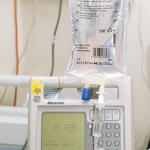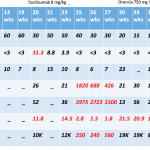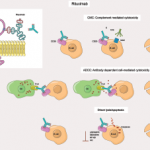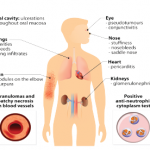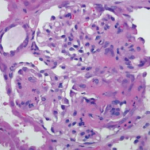Rheumatologists prescribe rituximab for induction and maintenance treatment for anti-neutrophil cytoplasm antibody (ANCA) associated vasculitides (AAV). Maintenance treatment typically employs fixed-schedule dosing, but in the recent maintenance of remission using rituximab in systemic ANCA-associated vasculitis II (MAINRITSAN2) trial, researchers from the French Vasculitis Study Group examined whether individually tailored maintenance dosing might work better. “The…
